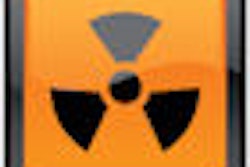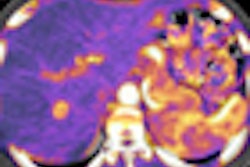Monday, November 30 | 3:50 p.m.-4:00 p.m. | SSE22-06 | Room S403B
The integration of CT into routine care is widely considered one of the most important advances in medicine; however, the frequent use of CT has substantially increased the population's cumulative exposure to ionizing radiation.The rapid growth in CT scanning is worrisome from a patient-safety perspective, said Dr. Amita Kamath from the University of California, San Francisco. "Patients may receive multiple studies over time, and the dose that patients receive from multiple CT studies puts them in the range where carcinogenesis has been directly documented," she said.
The retrospective study assessed the cumulative CT dose in 10,382 consecutive patients presenting to their large urban emergency room over 18 months, assessing the reason for their visits and logging their CT scans.
Overall, 28% of patients (n = 2,890) received at least one CT scan, including one-fifth of patients with trauma and altered mental status, 70% of those with pancreatitis, and 85% of patients with renal stone disease, Kamath said.
For a small number of patients, the CT use continued over time. In fact, 50% of the radiation exposure was received two to 12 months after the ER visit, she said. Some patients received more than three scans and more than 50 mSv of radiation over the year.
"In these patients, a discussion between the ER-ordering physician and the radiologist is imperative to ensure that the most appropriate study is performed," Kamath said. Some method needs to be established to keep track of dose over time, she added.



















